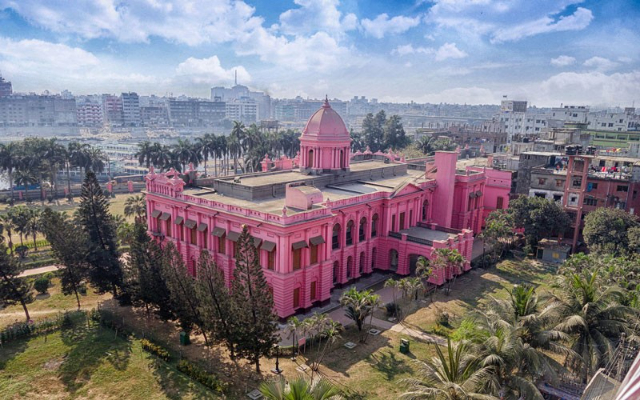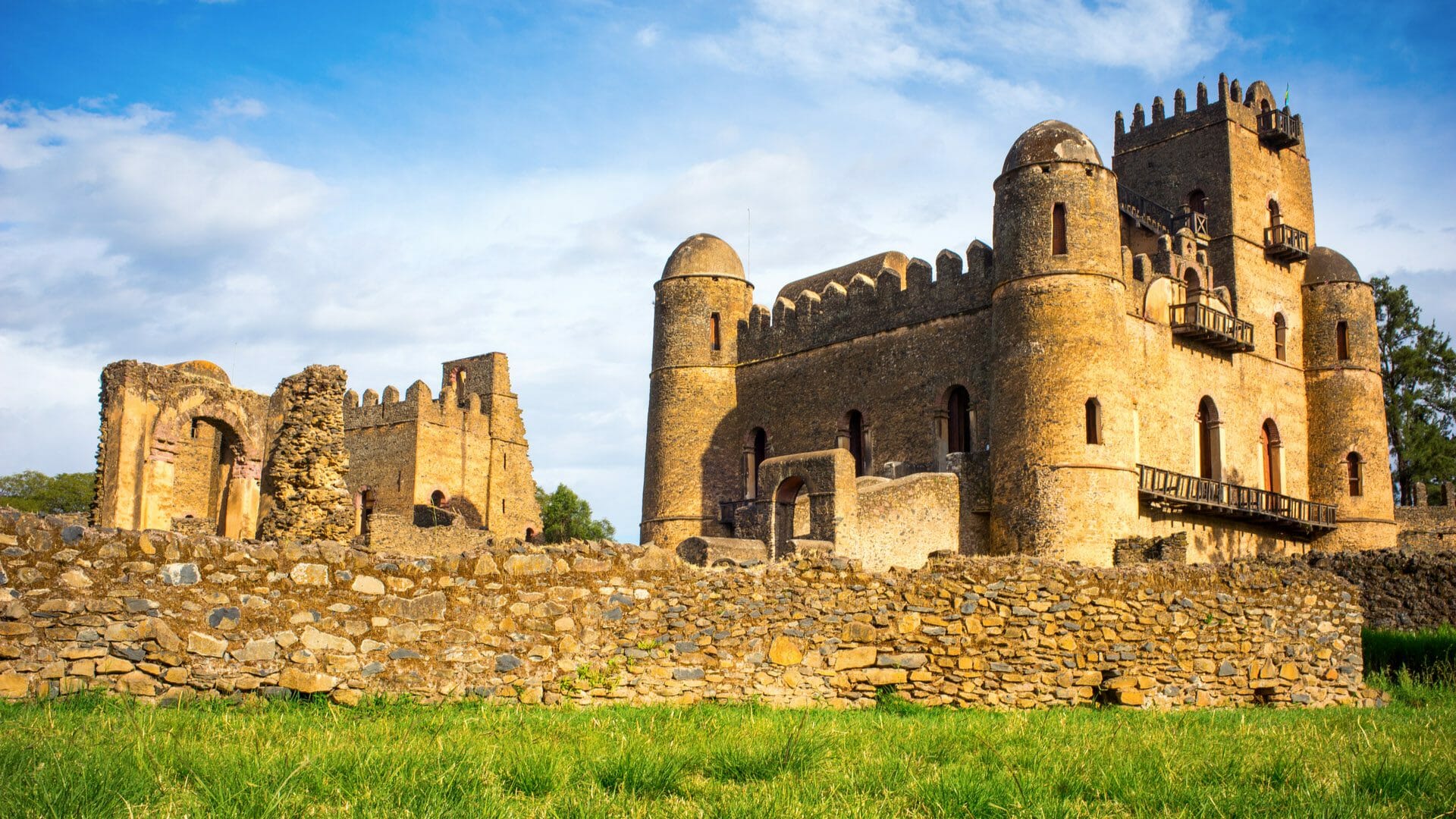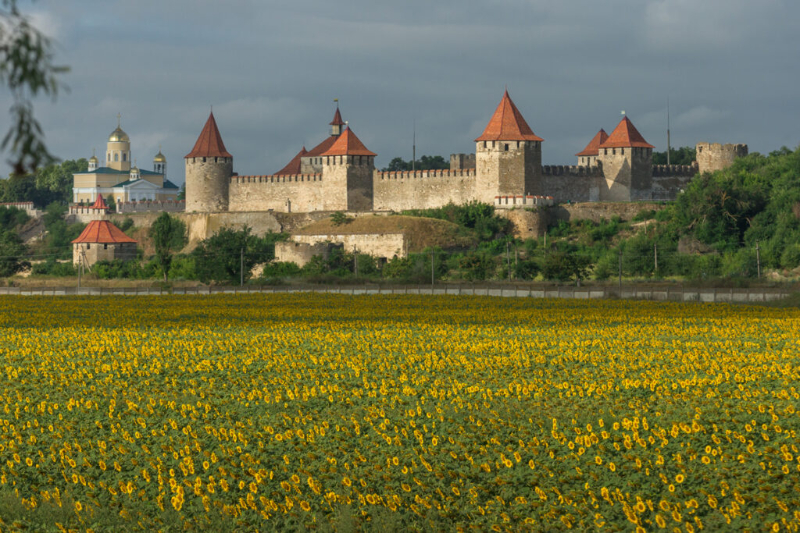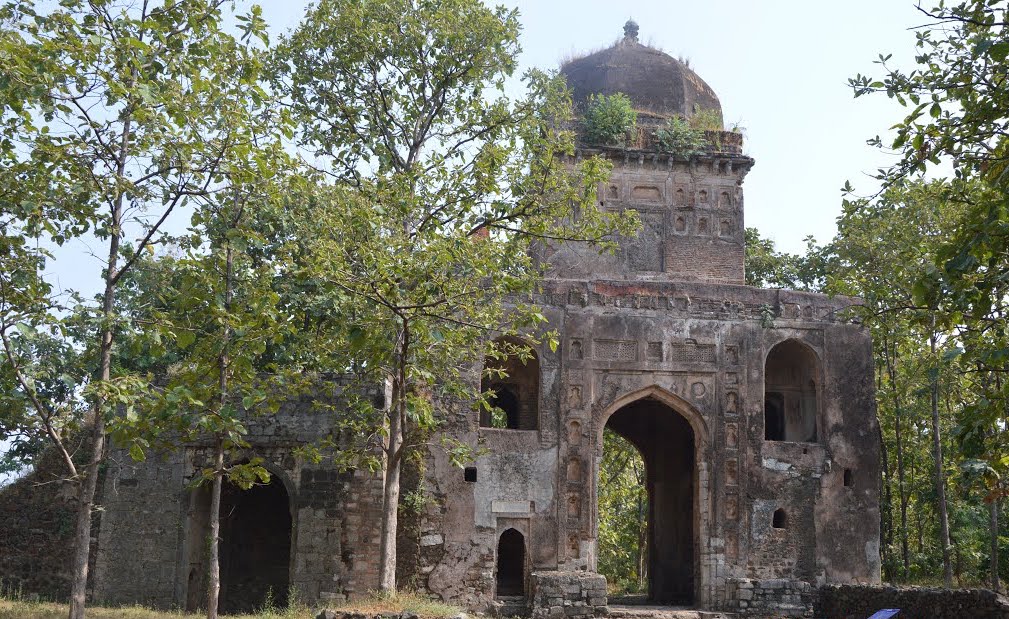Ahsan Manzil, a grandiose structure situated on the banks of the Buriganga River in Dhaka, stands as a magnificent symbol of Bangladesh’s rich cultural heritage. Often referred to as the Pink Palace due to its distinctive color, Ahsan Manzil has been meticulously restored and transformed into a museum, making it a prominent landmark in Dhaka.
Historical Significance Originally the residential abode of the Nawab of Dhaka, the building has been a silent witness to numerous historical events, playing a pivotal role in the socio-cultural landscape of the region. The history of Ahsan Manzil is intertwined with the stories of the Nawabs of Dhaka, who were influential figures in the societal and cultural development of the area.
Architectural Splendor The structure’s architectural design is a testament to the luxurious lifestyle of the Nawabs. It boasts 31 rooms, each showcasing the opulence of the era. The centerpiece of Ahsan Manzil’s architectural magnificence is its huge dome, a prominent feature that is visible from miles around, adding to the building’s majestic and imposing presence.
Museum and Galleries The transformation of Ahsan Manzil into a museum has allowed for the preservation and display of various artifacts that reflect the lifestyle of the Nawabs. With 23 galleries spread across its 31 rooms, the museum offers a glimpse into the past, showcasing an array of traits, furniture, household articles, and utensils once used by the Nawab family. These exhibits provide visitors with an insight into the rich history and cultural practices of the era.
Cultural Repository Today, Ahsan Manzil is more than just a historical building; it is a repository of culture, history, and architectural grandeur. The museum not only preserves the legacy of the Nawabs of Dhaka but also serves as an educational and cultural hub, attracting tourists, historians, and locals alike.
Preservation of Heritage The renovation of Ahsan Manzil is a significant step in the preservation of Bangladesh’s historical and cultural heritage. It stands as a beacon of the nation’s past, offering a tangible connection to the stories, art, and architecture of a bygone era.
In summary, Ahsan Manzil is a monument of immense historical beauty and significance. Its transformation into a museum has given the public a chance to explore and appreciate a crucial part of Bangladesh’s rich heritage, making it a must-visit destination for anyone interested in the country’s history and culture.













